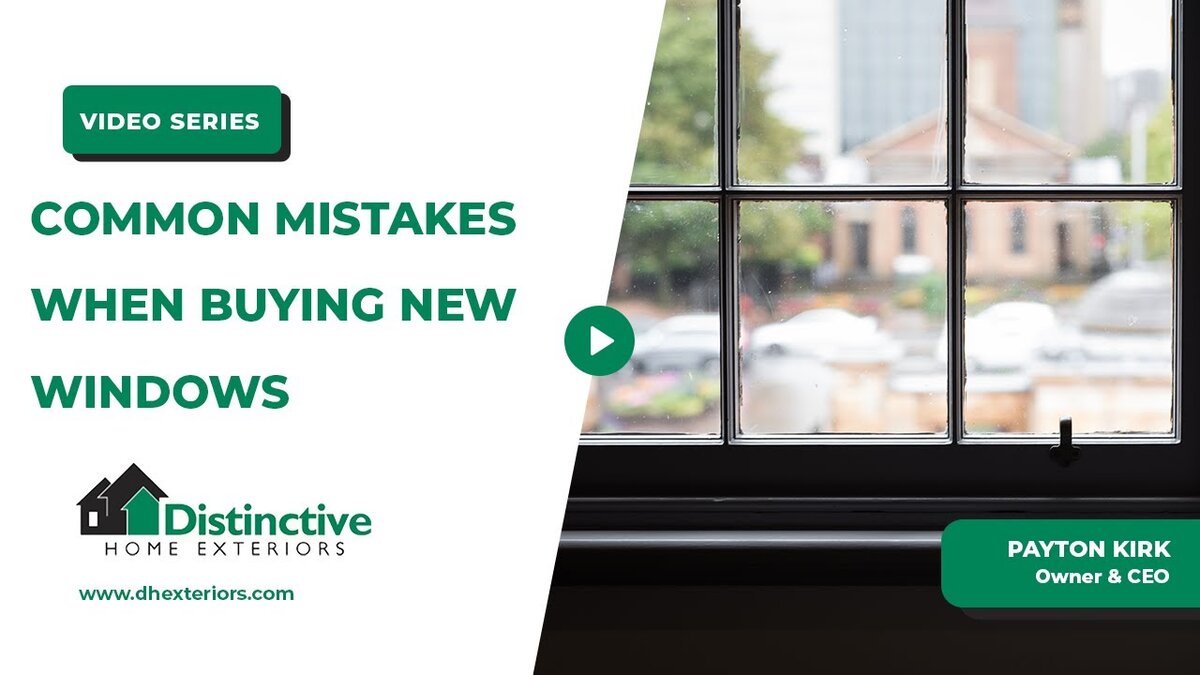Decks can deteriorate silently, turning what was once your haven for relaxation and social gatherings into a potential hazard. Knowing when to act can save you from unexpected repair bills and unsafe conditions. Regular deck inspections are not just recommended; they are necessary to catch issues before they escalate into major problems.
Visual Signs of Deck Deterioration
Identifying Visible Damage
The most apparent signs of a deck requiring immediate attention often include visual deterioration. For instance, if you notice the railing appears to be rotting, particularly around the base, this is a clear indicator of decay. Similarly, movement in the posts, or nails and screws that seem to be backing out, suggests that the structural integrity of the deck might be compromised. These are signs that your deck needs professional evaluation sooner rather than later.
Another telltale sign of trouble is the condition of the deck surface itself. Should you find areas that feel soft underfoot or see spots of rot and decay, these are urgent warnings. Discoloration, especially on treated lumber, might not indicate immediate rot but signals the onset of degradation.
The Importance of Regular Checks
Regularly walking around and inspecting your deck can help catch these problems early. Pay attention to any changes in the materials or stability of the structure. This routine check can be the difference between simple repairs and a complete, costly replacement.
Framing and Discoloration
Understanding Underlying Issues
While the surface issues are more visible, the framing of the deck often tells a more subtle, yet critical story of the deck’s health. Discoloration of joists and ledger boards typically results from water infiltration, which is not always immediately visible but can cause significant structural damage over time. This discoloration might manifest as a greenish tint, similar to what you’d see near bodies of water or not maintaining your deck in winter months, indicating prolonged exposure to moisture.
This type of staining and the resultant weakening of the wood are serious indications that your deck needs immediate attention. It’s essential to address these issues promptly to prevent further damage that could compromise the entire deck structure.
Spotting Movement and Shifts
Detecting Structural Movements
One of the clearer signs that your deck requires attention is observable shifts in its structure. If you notice that the framing has moved or that the beams have shifted from their original positions, this could mean that the deck is no longer stable. Factors such as ground settling or strong winds can contribute to such movements, but regardless of the cause, these shifts are a significant safety concern.
Assessing Fastener Integrity
The integrity of the fasteners — nails, screws, and bolts — is also critical. If these elements are not holding as they should, it could lead to further instability. Even those with little experience can spot when something in the deck’s construction doesn’t look right. These observations are important to share with a professional who can assess and rectify any issues.
Significance of Discoloration
While rot is an obvious problem, discoloration should never be ignored. It often precedes more severe damage as it indicates prolonged moisture absorption, which is detrimental to the wood. Observing any unusual staining or color changes in your deck is a proactive step in maintenance. These signs suggest that the deck boards have absorbed excessive moisture, which could lead to structural failure in the future.
In Summary
If you notice any of the issues discussed, such as visible deterioration, movement, or discoloration, it’s time to act to ensure your deck remains safe and enjoyable. Ignoring these signs can lead to bigger, more expensive problems down the line.
For a thorough assessment and timely repairs when your deck needs immediate attention, do not hesitate to contact us. Keeping your deck in top condition not only ensures your safety but also extends the life of your investment.





